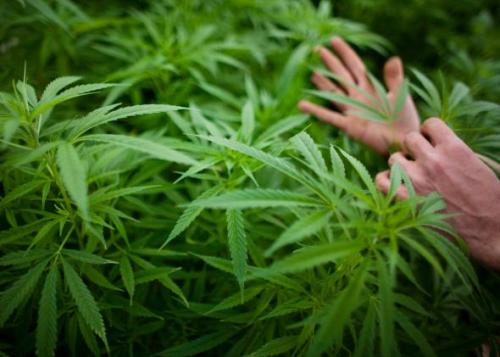Sugar. Everyone loves a sweet treat, but sugar has found its way into savory foods like pasta sauce and bread. On average, Americans eat nearly 66 pounds of added sugar per person per year. It’s easy to exceed the daily recommended sugar intake when a 12 oz soda has about 11 teaspoons of added sugar. But what about the sugar in fruit? Should people be worried about how much fruit they’re eating? Kimber Stanhope, a Nutritional biologist at UC Davis, walks us through the science.
Sugar doesn’t just add to our waistlines, it is linked to chronic conditions like heart disease and diabetes. There is also growing scientific consensus that one of the most common types of sugar, fructose (found in high-fructose corn syrup and table sugar) can be toxic to the liver, just like alcohol.
Is fruit juice better for you than soda?
Dr. Stanhope gets asked this a lot. The short answer is that no one really knows for sure.
“…it drives me crazy that I don’t know the answer for sure. I have not found any studies in the scientific literature that have actually compared the consumption of a sugar-sweetened beverage to a fruit juice-sweetened beverage for more than one day. So we’re going to do a 2-week study…one group will be getting fruit juice (orange juice), the other group will get a sucrose-sweetened beverage. And I think it’s very important that this study gets done because there are many scientists out there that have made the assumption that fruit juice is just as bad as sucrose [because they’ve taken out the fiber in fruit], and they might be right, but I don’t know. There is evidence in the literature, epidemiological studies, that suggest that fruit juice is protective compared to a sugar-sweetened beverage, and there is also a couple of studies that suggest they’re just as bad. We need to know.”
Stanhope points out that the answer may even differ for each type of fruit juice (grapefruit juice, apple juice, orange juice, etc.). She hopes to study the question in more detail once the preliminary results come in.
More information at sugarscience.org

